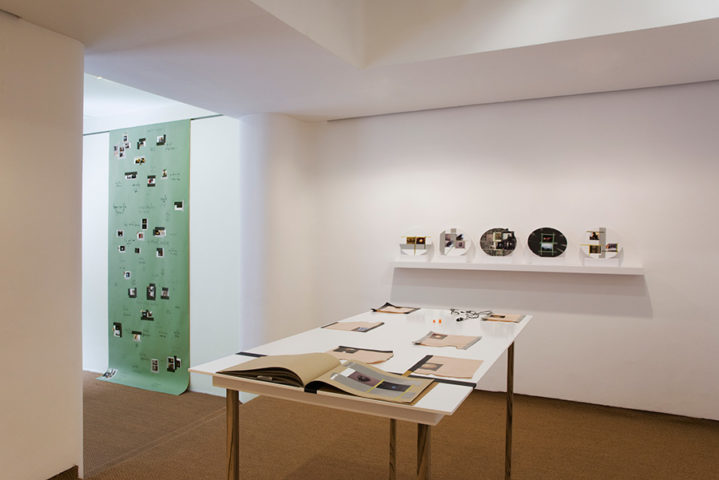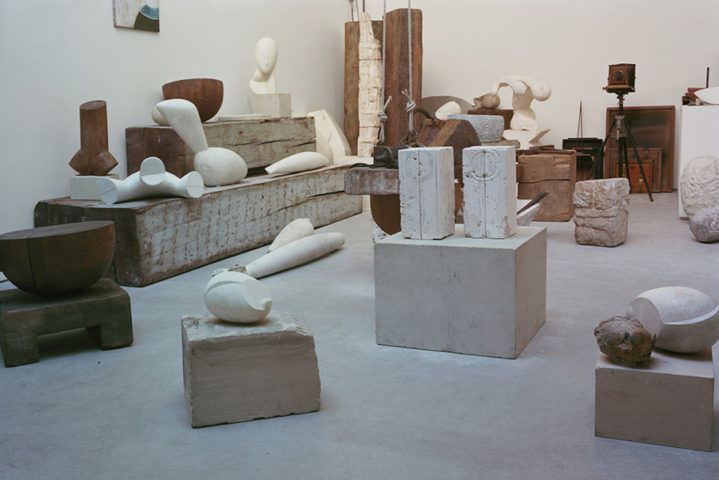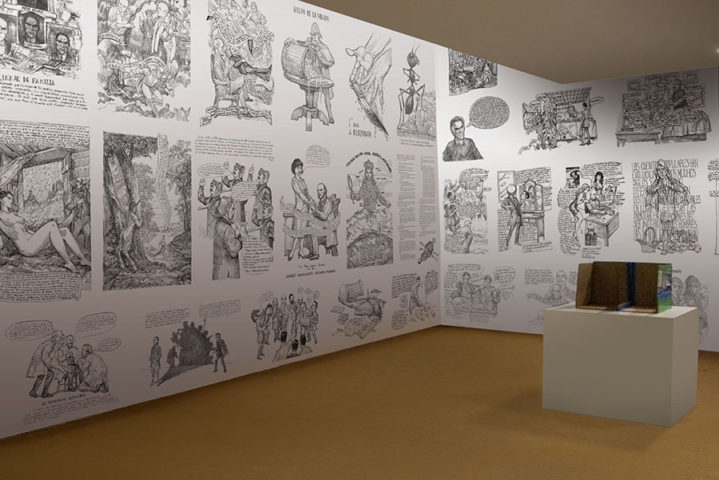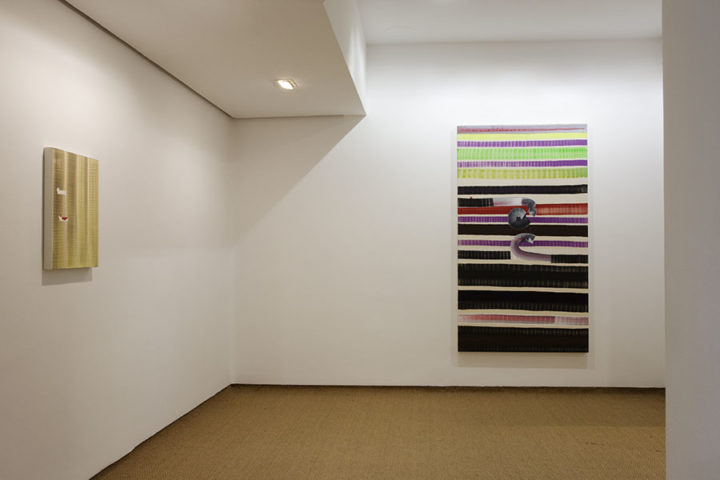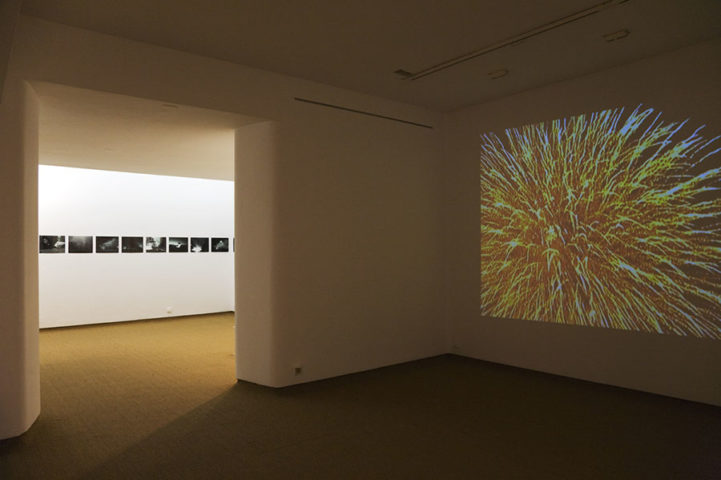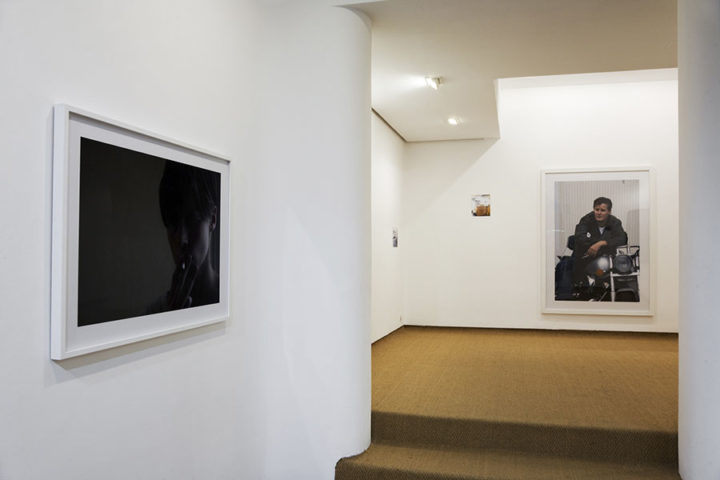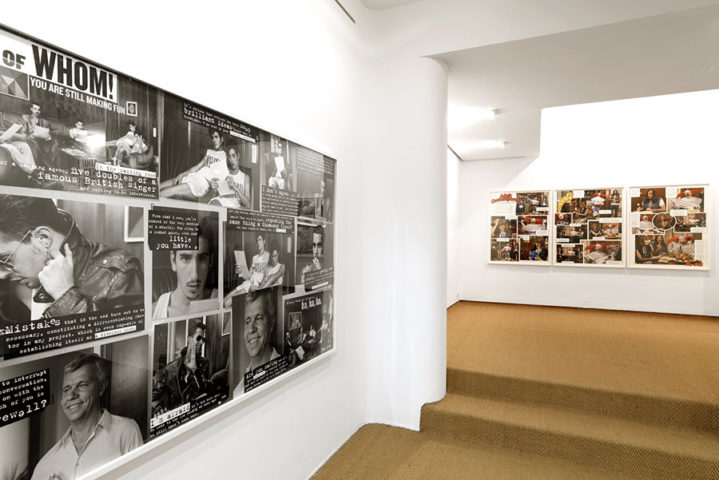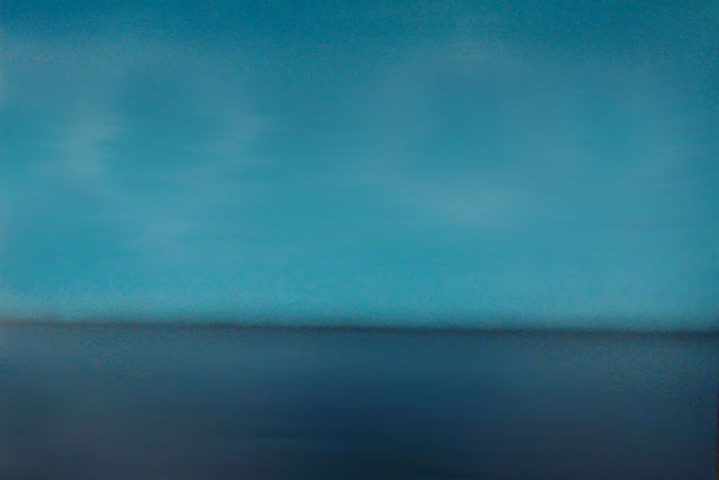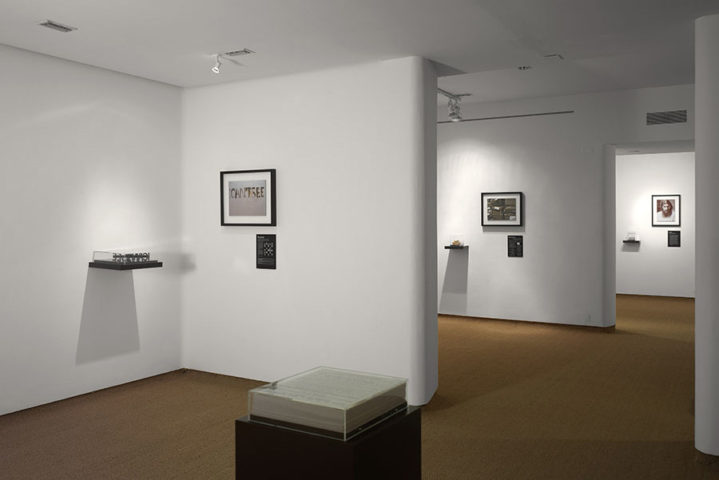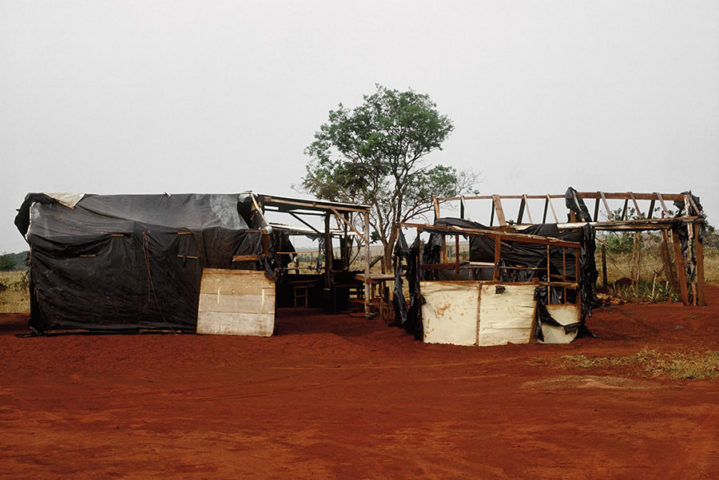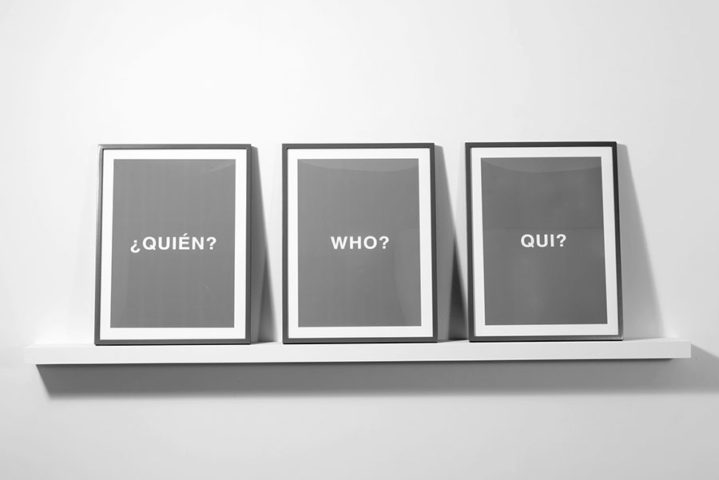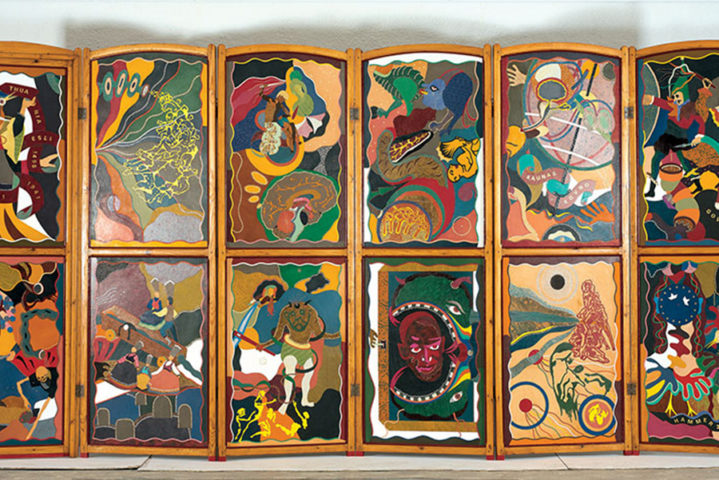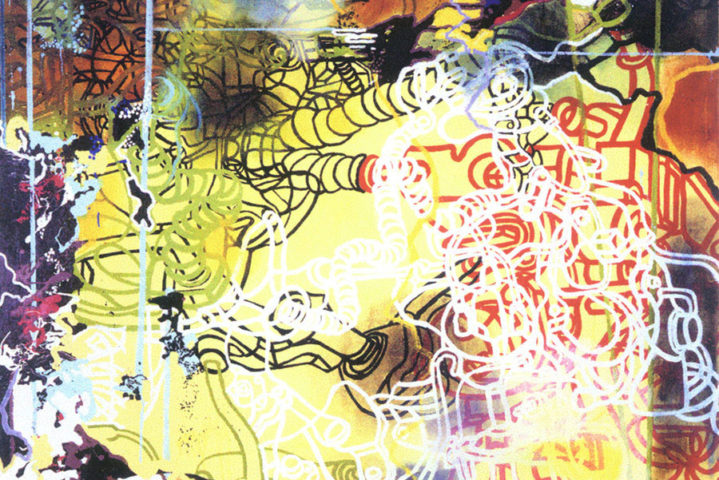In the exhibition Latido antecedente ‘Previous Heartbeat’ we present the Works and investigations of Javier Peñafiel carried out in the recent years, mainly between Valparaíso and Berlin.
From his poetic perspective the artist proposes an itinerary through history, retrieving the beats of remarkable characters who opted for critical thinking as a way of struggle and resistance. With long duration Works, such as distancia, miento on the figure of Ruth Berlau (Bertolt Brecht’s companion in love and production) or Locución Merkel-Bachelet a fiction on the possible coincidental encounter of Michelle Bachelet and Angela Merkel in a tram in the DDR in the 70s, Javier Peñafiel extracts and codifies new materials in video, drawn text and photography, disposed in chance meeting operations within the physical space of the gallery.
Intimacy deprived of life. “Our present time is of unprecedented harshness concerning the capacity of some sectors to expropriate the experience of the weakest. It is a scenario of utter confusion and demolition of the collective self-esteem. The Intention of this work in its porous time of lecture is to avoid the instrumentalisation of creativity and life by that machinery of the introversion of fear. They are works against fatality and not something else.”
Javier Peñafiel (Zaragoza, 1964) has exhibited in biennales, institutions and art centers in Europe, Asia and Latin America. His work is included in international private and public collections. He has participated in long-term residency programs in Berlin, Lisbon, NY, São Paulo, Valparaíso, etc. and has more than 14 publications.
